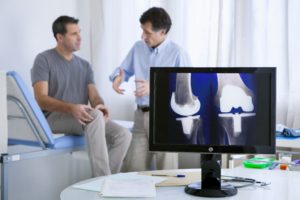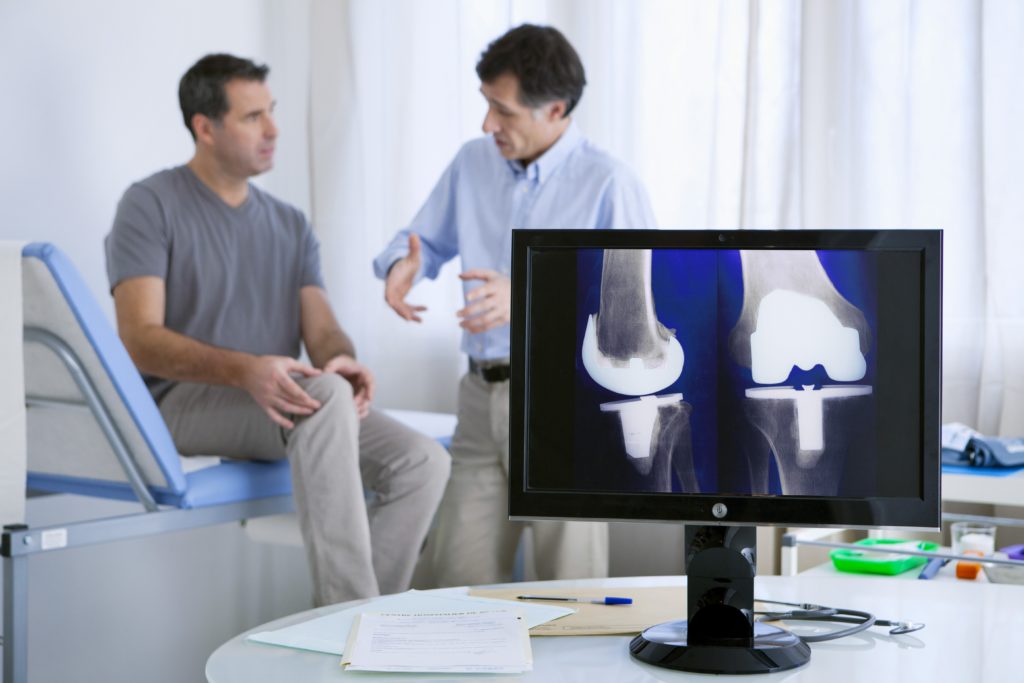
How does joint health affect quality of life?
DR. CURIEL: Good joint health boosts life quality by allowing you to move freely without inflammation. Arthritis-induced pain may take away your ability to participate in recreational activities or independently care for yourself.
What signs indicate a knee or hip joint is in poor condition?
DR. CURIEL: Major symptoms include joint pain or stiffness that gets worse with activity.
How do you approach treating joint pain?
DR. CURIEL: We first attempt conservative approaches, including moderate weight loss, increased physical activity, physical therapy, corticosteroid injections, and non-steroidal anti-inflammatory agents. If these non-surgical approaches fail, we typically discuss knee and hip joint replacement options.
What do patients with knee problems need to know about knee replacement?
DR. CURIEL: Typically, patients who undergo total knee replacement surgery find complete relief from joint pain or significantly reduced pain. Your new knee will feel different from your anatomical knee and may permanently limit you to light exercises. After three to five weeks of recovery, you will likely be walking on your own or using a cane. We use the latest knee replacement techniques, including ligament balancing for total knee replacement, which helps with alignment and stability after treatment and offers patients better range of motion. We also offer partial knee replacement to remove a specific damaged portion of the knee while keeping the rest intact. This allows you to have a quicker recovery time and fewer movement restrictions.
What should patients with hip problems know about hip replacement?
DR. CURIEL: With up to a 98 percent satisfaction rate, total hip replacement removes hip pain, and the new joint feels like your native hip. Recovery often progresses quickly. By month three, you should reach full recovery, especially if you elect to undergo the direct superior approach. This newer technique spares muscles and soft tissues surrounding the hip during surgery and promotes hip stability and quicker recovery. Your doctor will help you choose between this method and posterior and anterior approaches.
Do patients have a say in treatment options?
DR. CURIEL: We present patients with options along the entire spectrum from conservative management to surgery, giving them the final say on which treatment they prefer.

